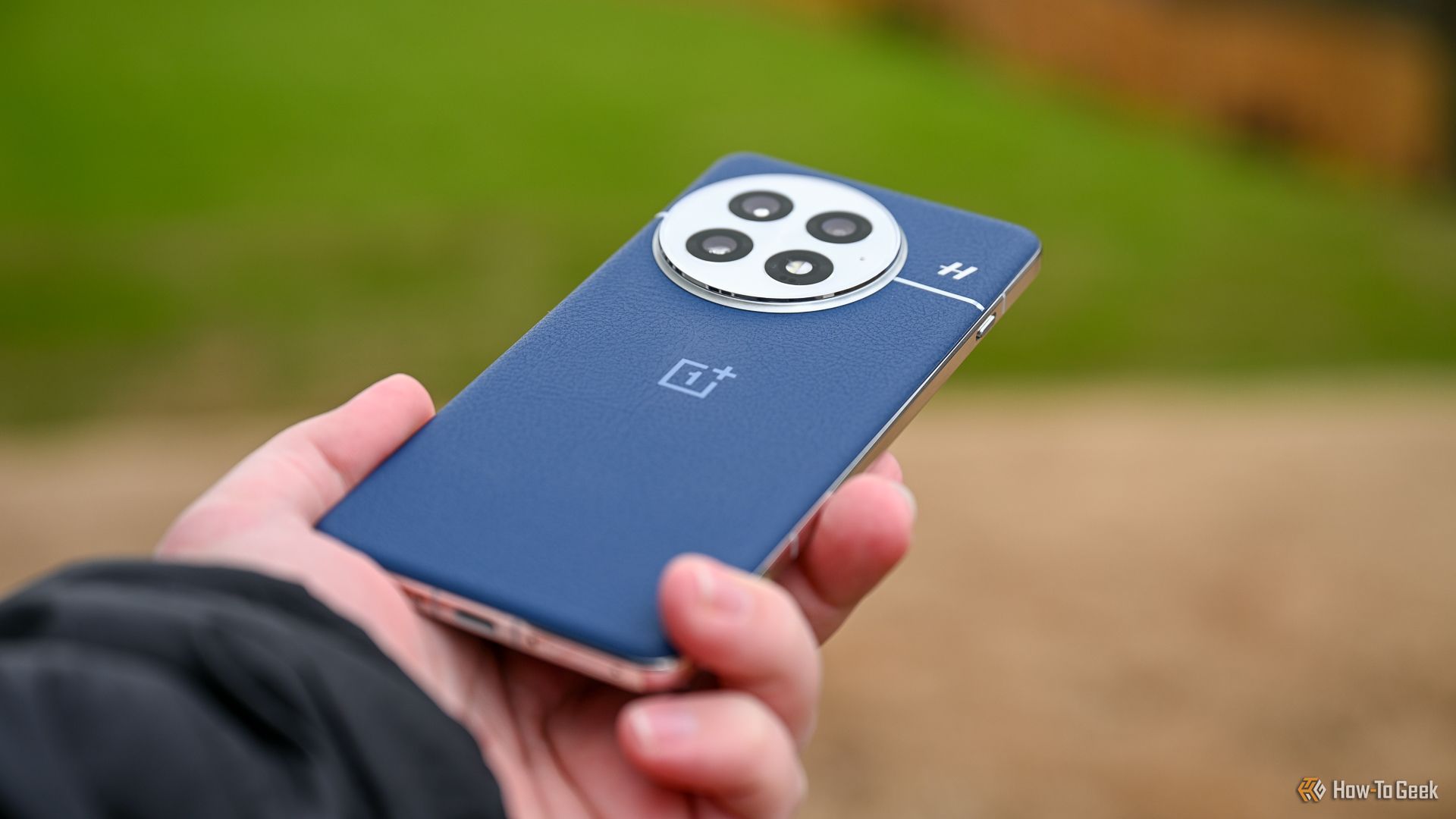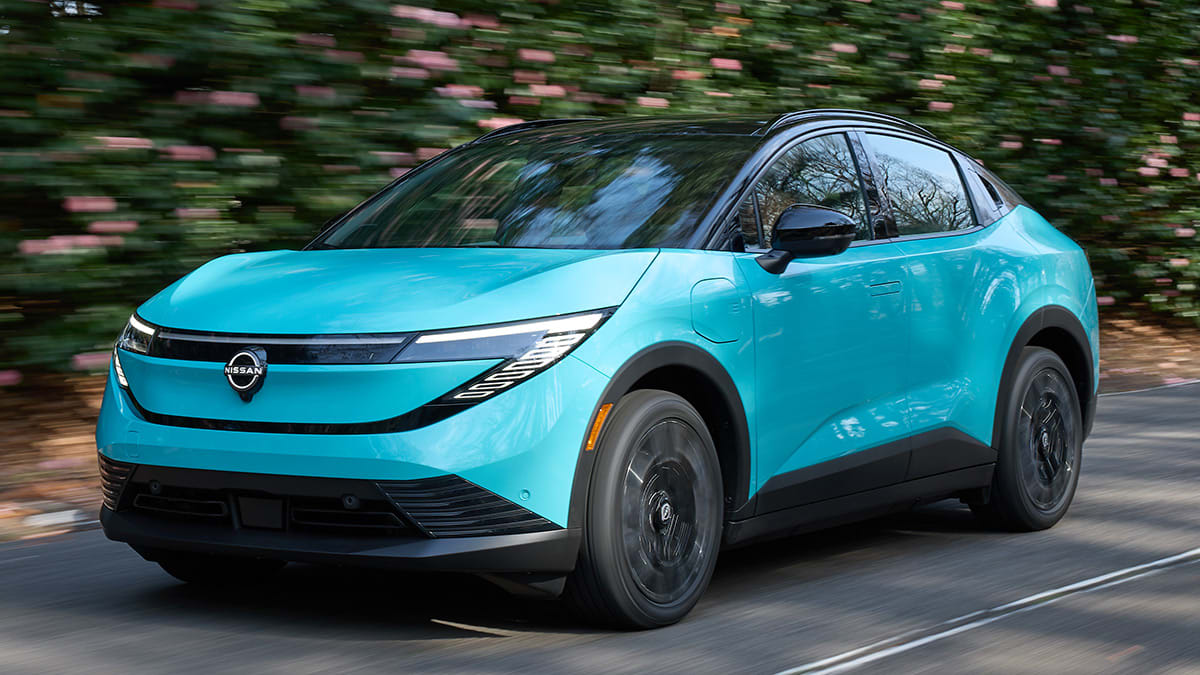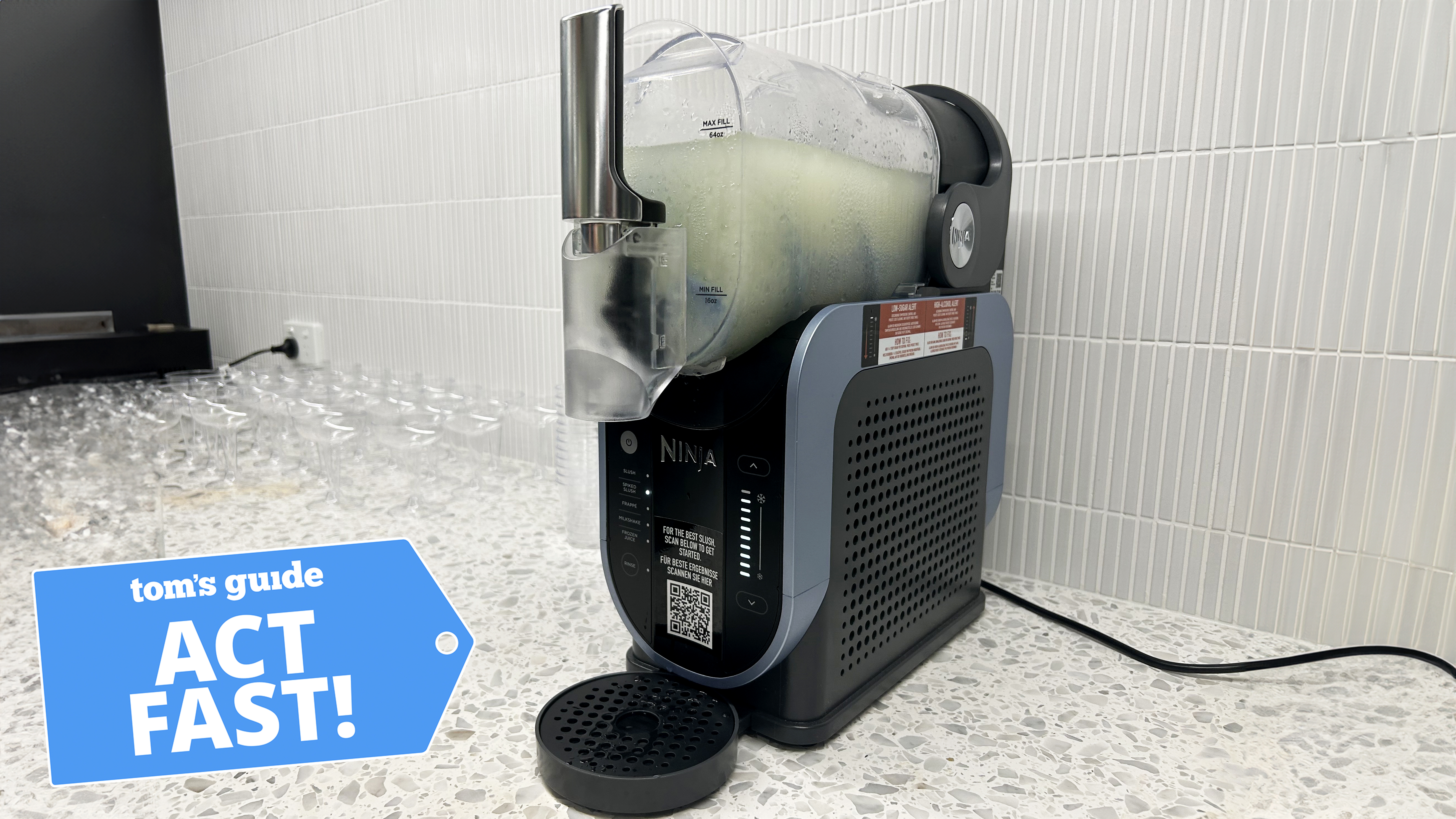
Summary
- OnePlus 13 gets Android 16 Beta 2 but comes with major bugs.
- Known issues include camera errors, font adjustments, and device restarts.
- Consider risks before installing the beta version and back up all data.
If you’re a proud owner of a OnePlus 13, there’s some good news and bad news for you. You’re getting a sneak peek at Android 16 before almost everyone else, but there are some pretty major red flags you need to know.
First, the good news. The OnePlus 13 is getting Android 16 Beta 2. If you feel like you missed Android 16 Beta 1 for the device, don’t worry–OnePlus skipped over the first release. The OnePlus 13 is the first non-Pixel phone to get an Android 16 beta release. But hold on, before you rush to install it, there are some things you should know.
Related
Android 16 Is Nearly Ready for Prime Time With the Release of Beta 3
The latest Android 16 beta has arrived, and it marks Platform Stability. That means the APIs and app-facing behaviors are finalized. We’re very close to the final version that will be released in just a few months.
Here’s the bad news: It’s a beta, and that means it’s not exactly ready for prime time. That’s always the case, but this release, in particular, seems to be plagued with far more bugs than a typical beta. The list of bugs is not only lengthy but also pretty serious. You should seriously think twice before installing.
⚠ Known Issues ⚠
- Unable to close the version update pop-up after upgrading to the DPP version.
- Font weight settings cannot be adjusted.
- Device may restart when answering a call using Bluetooth headsets.
- Lag and display errors in the camera viewfinder and thumbnail in certain scenarios.
- Blurry or unclear camera viewfinder in some cases.
- Camera crashes when switching to Macro mode with the rear camera.
- Crashes and lag after enabling Ultra Steady mode.
- Display error in the camera viewfinder during video recording in specific scenarios.
- Screen may freeze when tapping the accessibility shortcut button on the home screen.
- Lag observed when locking the screen.
Thankfully, OnePlus is upfront about this. They’ve even listed some of the potential headaches you might run into if you do decide to live on the edge. We’re talking weird font issues, your phone randomly restarting when you use Bluetooth headphones, camera lag, and focus problems, and just general sluggishness. It’s not exactly ideal for your daily driver.
⚠ Caution! ⚠
You should understand there is a risk of BRICKING your phone, so read the instructions carefully and be 100% sure of what you are doing. Please always backup your important data before flashing.
If you’re still feeling adventurous, you can take the plunge. Just be prepared for a bumpy ride. And most importantly, back up your stuff! If you decide to bail and go back to the stable version of Android 15 and OxygenOS 15, you’ll be starting from scratch with a freshly wiped phone.
If you’re a tech enthusiast who loves tinkering and doesn’t mind a few hiccups, there’s no harm in trying it out if your OnePlus 13 is a spare phone. If you rely on your phone for, you know, everything, you should sit this one out. The stable version will arrive in due time.
Source: OnePlus

Related
I Don’t Buy Flagship Phones, But the OnePlus 13 Has Me Tempted
Let’s face it: the flagship Android smartphone scene has been stale for several years now. Year after year, we just get incremental upgrades. Every once in a while, an interesting smartphone grabs our attention, like the Nothing Phone, but that’s about it. That was until the OnePlus 13 came out.
Source link











